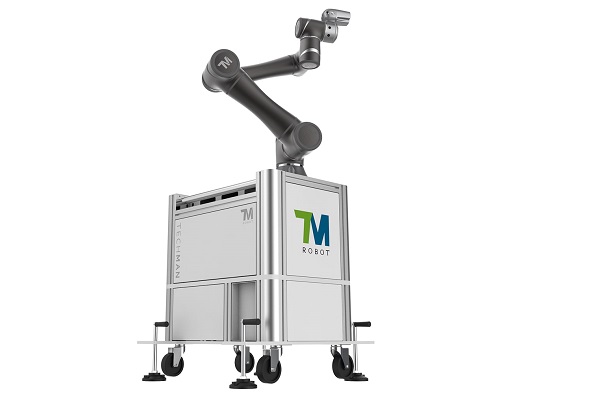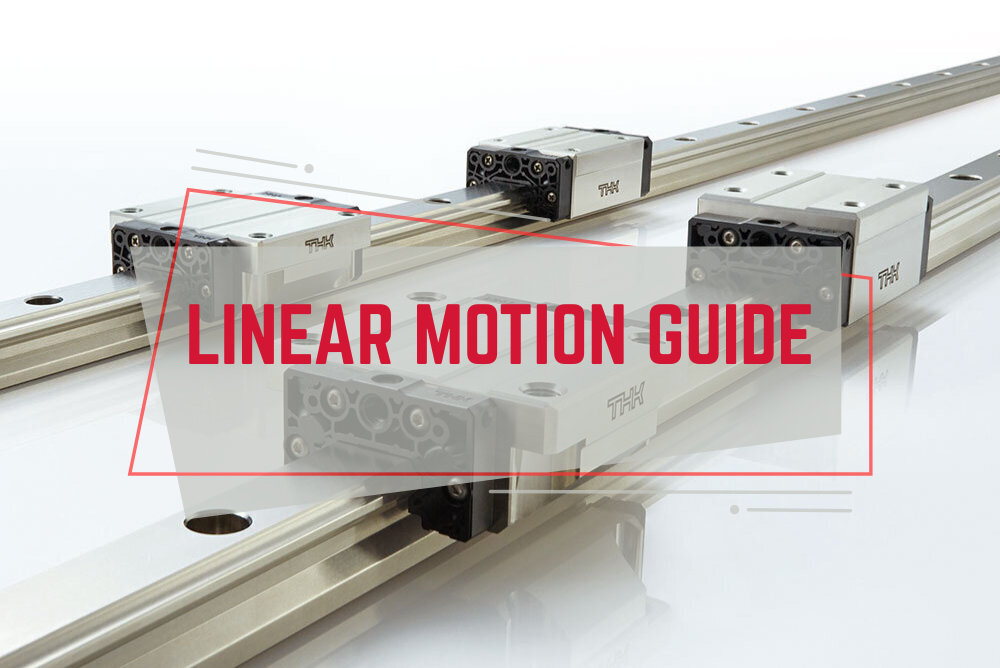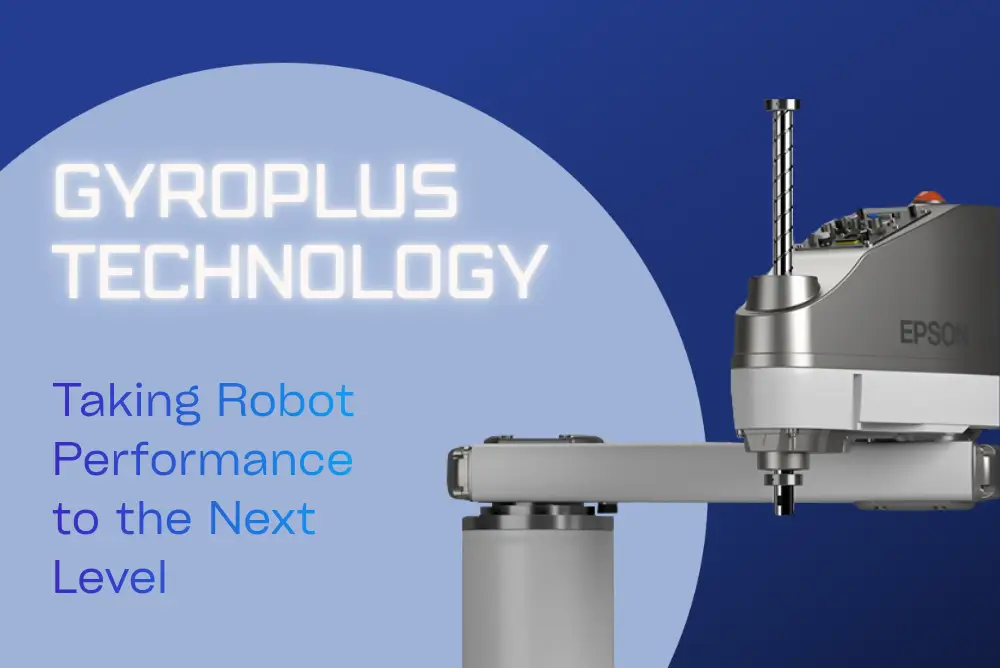Types of Contaminants in Compressed Air and Their Impact on Equipment
The table below outlines the types of contaminants that may be present in compressed air and their effects on equipment.
| Effect on each device | Moisture | Oil | Carbon | Tarry carbon | Rust |
| Solenoid valve |
|
|
Stuck valve | ||
| Air cylinder Rotary actuator |
|
Reduced service life |
|
Stuck piston rod |
|
| Regulator Pneumatic relay |
|
Functional decline or failure | Stuck valve | ||
| Regulator Pneumatic relay |
|
Malfunction | |||
| Piping | Rust formed inside a pipe | Contamination | |||
| Air duster | Contamination | ||||
| Air motor (Air driver/Air turbine) |
|
Decreased revolutions or failure | Failure by seized component | ||
| Air blow | Water droplets formed | Contamination | |||
| Air spray (overall painting) | Paint failure | ||||
| Powder transfer |
|
Contaminated powder | |||
| Air micrometer | Instrumentation error, failure | ||||
| Churning (Related to cement/food) | Contamination, churning failure | ||||
Among these contaminants, water (moisture) is the most hazardous "enemy," causing the most significant damage to equipment within the system. But why does moisture exist in compressed air, and how much moisture is present?
Why Does Moisture Exist in Compressed Air?
Compressed air is generated by compressing atmospheric air (from low pressure to high pressure). During this process, when ambient air (at 30°C with 80% relative humidity) is compressed to 0.7 MPa (approximately 7 bar) for 8 hours using a 75 kW air compressor, up to 113 liters of condensate water can be produced.
To put this into perspective, 113 liters is equivalent to 63 bottles of 1.8 liters each (~63 × 1.8 L bottles).
Common Phenomena During Air Compression
- Ambient air contains dust, moisture, carbon impurities, oil, etc
- When compressed to high-pressure, the volume decreases, but the relative concentration of moisture and contaminants (by mass) increases significantly.
- As compressed air travels through the piping system, it picks up additional contaminants (metal debris, rust, etc.).
- Excess moisture accumulates and condenses into water droplets, leading to equipment failure, corrosion, and reduced product quality.
Issues Caused by Moisture in Compressed Air
For the Compressed Air System and Its Components
- Valves and Cylinders: Excess moisture promotes rust formation, causes mechanical components to jam, strips away lubrication, and ultimately leads to complete valve and cylinder failure.
- Air Blow Guns: Water discharged from nozzles contaminates products—a particularly serious hazard in food processing and packaging operations.
- Piping System: Moisture triggers internal corrosion and rust development, creating particles that contaminate the airflow throughout the system.
For Equipment Utilizing Compressed Air
- Machine Tools: Moisture forms water droplets that undermine lubrication, resulting in overheating and bearing seizure that can cause catastrophic equipment failure. When compressed air is used to clean sensors or lenses, moisture creates fogging that significantly reduces measurement accuracy.
- Laser-related equipment: Condensed moisture and oil deposits degrade laser cutting/welding beam quality, diminishing processing efficiency. Equipment with lenses and optical components is especially vulnerable to fogging, which impairs laser transmission.
- Food Processing Machines: In mixing and packaging operations, moisture can trigger mold growth, bacterial contamination, shortened shelf life, and potential food spoilage.
Why Moisture Control in Compressed Air Is Crucial
Effectively controlling and minimizing moisture in compressed air is essential for preserving the longevity, functionality, and efficiency of pneumatic equipment. Proper moisture management helps prevent system leaks, reduces pipe deterioration caused by rust, and maintains product quality—considerations that are especially critical in sensitive industries such as food processing, pharmaceuticals, precision electronics manufacturing, and high-precision machining.
Moisture Control in Compressed Air Systems
A comprehensive moisture control system incorporates various components tailored to specific applications. The key components include:
1. Aftercoolers (HHA, HAW Series)
Function of Aftercoolers
When air undergoes compression, both temperature and pressure rise dramatically. Aftercoolers reduce compressed air temperature to approximately 40°C, which:
- Prevents premature condensation by lowering air temperature
- Boosts water and particulate separation efficiency in downstream filters and dryers
- Enhances system stability and extends the lifespan of other components.
Implementation Guidelines
- For Air-Cooled Aftercoolers (HHA Series):
- Install in well-ventilated areas
- Maintain at least 20 cm clearance from walls and other equipment
- Add a dust filter in dusty environments and clean regularly
- Inspect the automatic drain daily to remove collected water
- For Water-Cooled Aftercoolers (HAW Series):
- Requires a cooling tower to provide a clean, adequate water supply.
- Check the automatic drain daily to prevent water accumulation.
2. Air Tanks (AT and VBAT series)
Function of Air Tanks
Air tanks store and stabilize compressed air pressure, thereby:
- Minimizing pressure fluctuations and preventing sudden pressure drops.
- Providing rest periods for compressors, reducing operational load and energy consumption.
SMC Air Tank Options
- AT Series (Large Capacity 100–3000L):
- Features optional automatic drain valves for condensate removal.
- Delivers safety and efficiency for large-scale systems.
- VBAT Series (Small Capacity 5–38L):
- Compatible with pressure boosters for stable output pressure.
- Features compact design ideal for space-constrained applications.
Common Types of SMC Air Dryers
1. Refrigerated Air Dryers (IDF Series)
- Employs cooling mechanisms to condense and extract moisture.
- Well-suited for general industrial applications.
2. Desiccant Air Dryers (ID Series)
- Utilizes absorbent materials to eliminate water vapor, achieving extremely low dew points.
- Perfect for industries requiring ultra-dry air, such as pharmaceuticals and food processing.
3. Membrane Air Dryers (IDG Series)
- Uses permeable membranes, requires no electricity, and offers lightweight construction.
- Ideal for mobile applications or high-purity air requirements.
SMC also offers specialized air dryers including:
- Compact models for space-limited installations.
- CO2-free dryers for environmentally conscious operations.
- Low Global Warming Potential (GWP) solutions.
- Energy-saving and air-conserving technologies
4. Filtration Systems
Role of Filters
SMC's comprehensive filter range (AFF, AM, AMD, AME, AMF, AMG, AMH) and automatic drain valves (AD) provide:
- Removal of up to 99% of contaminants including dust, particles, and water.
- Elimination of residual oil mist and odors.
- Protection for air dryers and downstream equipment, significantly enhancing system longevity.
Filtration Hierarchy:
- Coarse Filter (AFF): Captures particles larger than 3µm.
- Fine (AM), Micro (AMD), and Sub-Micro (AME) Filters: Trap ultra-fine particles down to 0.01µm.
- Odor Removal Filte (AMF): Eliminates oil vapor and organic contaminants.
- Water Separator (AMG): Efficiently extracts water, substantially reducing moisture content.
- Sub-Micro Filter + Water Separator (AMH): Combines ultra-fine filtration with effective water separation.
Automatic Drain Valve (AD)
- Continuously removes condensate without human intervention.
- Maintains dry pipelines, enhancing the performance of air dryers and other system components.
5. Temperature & Humidity Sensor (PSH)
The PSH sensor, a 2024 innovation from SMC, is engineered to monitor temperature and relative humidity (%RH) within compressed air pipelines. This advanced device facilitates early condensation detection, enabling prompt intervention to preserve compressed air quality.
Technical Features
- Sensor Technology: Capacitive type, delivering high accuracy across an extensive measurement range
- Measurement Capabilities: Comprehensive temperature and humidity monitoring
Advantages:
- Maintains stable measurements even in extreme humidity and condensation environments.
- Preserves unrestricted airflow within the system
- Features a rotatable display for flexible installation and convenient monitoring
- Incorporates integrated ON/OFF signal and analog output (switchable between PNP/NPN)
- Includes a replaceable metal filter element (model EBD-3.8-3-2)
- Supports multiple communication protocols: both wired and IO-Link options
- Features compact dimensions for straightforward installation in various settings
Usage Considerations
- The PSH sensor measures relative humidity after pressure reduction to atmospheric levels.
- Determining actual relative humidity within the pipeline requires applying a specific conversion formula.
A complete moisture control system integrates multiple components—from aftercoolers and air tanks to air dryers, filtration systems, and temperature-humidity sensors. Selecting and properly integrating equipment based on specific operational and environmental requirements delivers multiple benefits:
- Protects machinery and pipeline infrastructure, minimizing damage from moisture and contaminants.
- Optimizes operational costs, extends equipment service life, and enhances overall system efficiency.
- Ensures consistent product quality, particularly in industries requiring high-purity and moisture-free compressed air.
Temas, as an authorized SMC product distributor, ensures the reliability, efficiency, and cost-effectiveness of compressed air systems that meet the exacting standards of modern industrial production. Contact us for expert consultation on compressed air solutions.
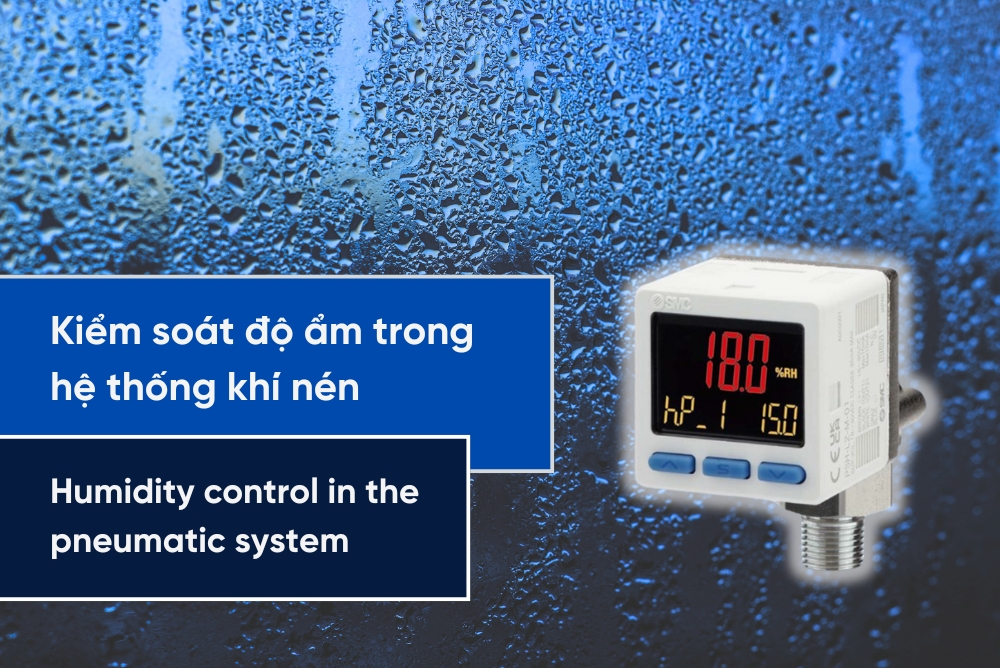
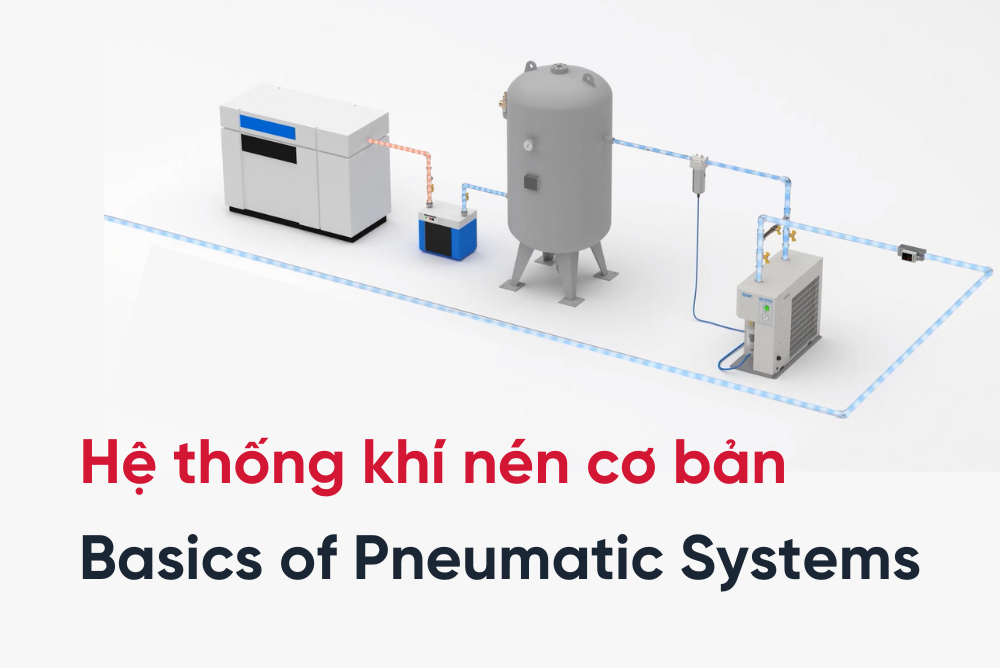
 Read more
Read more

